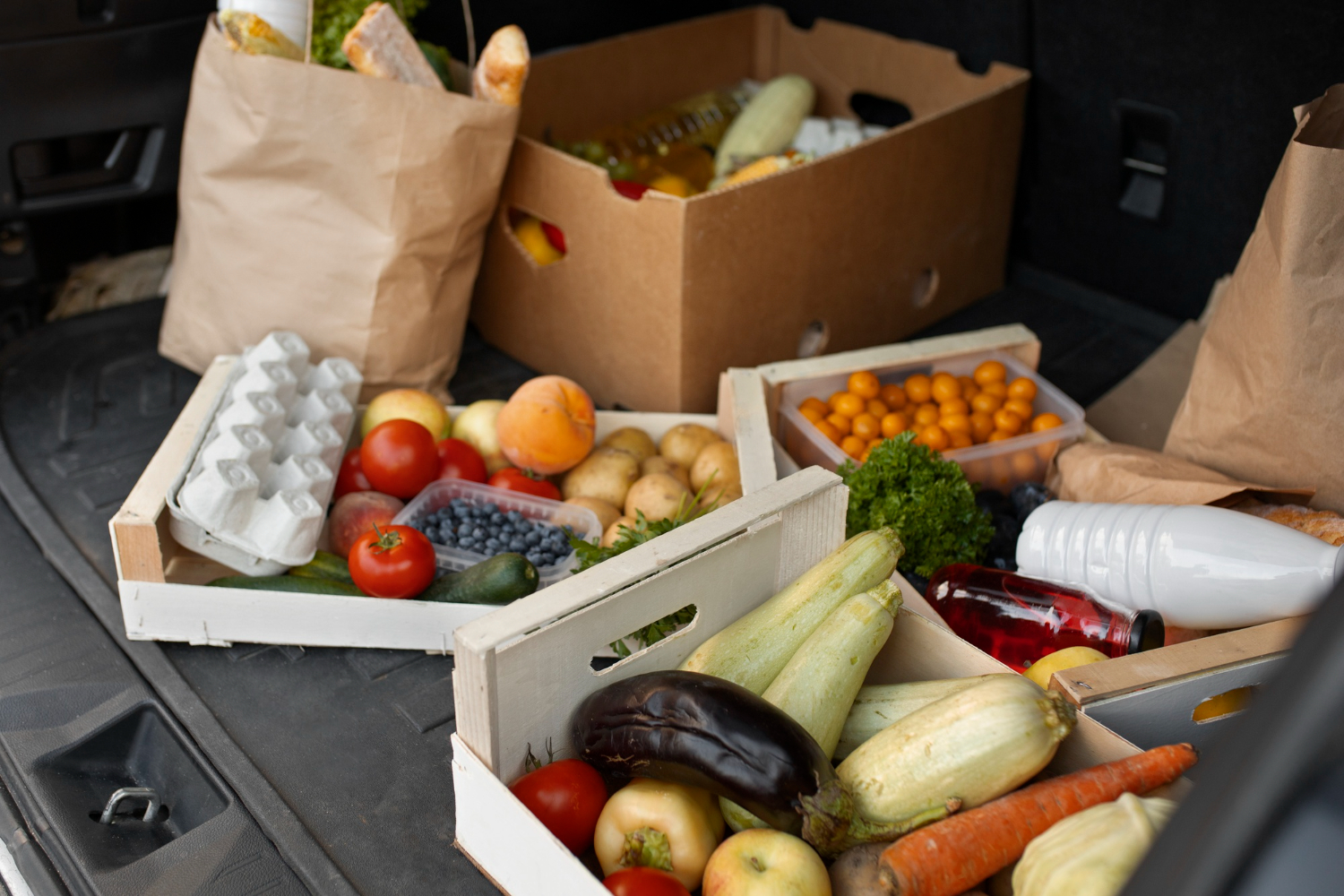As the restaurant industry continues to rebound from the profound impacts of the pandemic, independent and small-chain operators confront a new set of challenges. While the acute disruptions caused by lockdowns and restrictions may be fading, the lingering effects of inflation, rising operating costs, and constrained access to growth capital present formidable hurdles. In this article, we explore five key business objectives that independents are focused on and examine their projections for sales and traffic in the year ahead.
1. Growth Will Come at a Higher Cost
The journey through the pandemic gauntlet has left independent operators battle-hardened but facing a harsh economic reality. Inflationary pressures persist, particularly in the cost of goods, notably food. Escalating wages and staffing shortages further compound the challenges. The uptick in interest rates has made securing funding more arduous and costly.
According to Nation’s Restaurant News Intelligence insights, most restaurant operators’ primary focus lies in objectives with top-line impact. Half of the respondents cited driving traffic and frequency as their foremost priority. Increasing average check and average unit volume also ranked prominently. Independent operators understand the imperative of bolstering sales and customer frequency to safeguard the vitality of their establishments. They prefer funding growth and reinvestment through internal cash flow or retained earnings.
2. Operating Costs Continue to Skyrocket
Despite some alleviation from the peak of pandemic-induced inflation, costs persist at elevated levels, exerting pressure on business owners and consumers alike. Most restaurant operators identify higher food costs as a significant challenge, with rising labor costs also featuring prominently. Furthermore, mounting occupancy expenses add to the financial strain.
Data from Alignable underscores the severity of the situation. A substantial portion of independent restaurant operators report increased rental expenses, and a staggering 39% acknowledge struggling to meet rental obligations. Such inflationary pressures contribute to the overarching difficulty of sustaining profitability in a landscape of soaring operational costs.
3. Growth Capital is Harder to Come by
The abundant and affordable capital era that fueled expansion in recent years has yielded a more stringent lending environment characterized by markedly higher interest rates. The Federal Reserve’s decision to maintain rates at elevated levels underscores the persistent challenge facing businesses seeking growth capital.
While independent operators prefer alternative funding sources such as private investors or internal cash flow, the prevailing rate environment poses a formidable obstacle to growth and expansion initiatives. The tightening of credit conditions injects further uncertainty into an already complex economic milieu.
4. The Consumer is Under Pressure
Inflationary forces reverberate throughout the broader economy, placing consumers under increasing financial strain. Rising costs of essential goods such as housing, gasoline, and food diminish discretionary spending power. While dining out remains popular, elevated restaurant prices relative to grocery alternatives warrant cautious pricing strategies.
Moreover, underlying indicators hint at potential financial unrest among consumers. Depleted pandemic-era savings, burgeoning credit card debt, and the impending resumption of student loan payments all contribute to heightened financial fragility. Independents must navigate this landscape delicately, balancing the imperative of revenue growth with consumer sensitivity to pricing.
5. Restaurant Industry by the Numbers
Despite the formidable challenges confronting independent operators, they remain a resilient and integral component of the restaurant landscape. Single-store locations outnumber chain outlets nationwide, particularly in major metropolitan areas. Technomic’s Ignite Company platform reveals that 60% of eateries operate independently or belong to small brands, with the remaining 40% attributed to the largest restaurant chains.+
Conclusion
In conclusion, independent and small-chain operators confront a confluence of economic headwinds as they chart a course through the year ahead. By prioritizing objectives centered on revenue growth, cost management, and consumer engagement, they aim to navigate the challenges posed by inflation, rising costs, and constrained access to capital. While the road ahead may be fraught with uncertainties, independents remain resilient, adaptive, and poised to capitalize on opportunities for growth and innovation in the evolving restaurant landscape.
Florida Food Handler Certificates
Avoid fines by ordering your Florida Department of Business and Professional Regulation-approved Food Worker Program certificates today. They’re available for just $4 each. Program #5552749. Place your order online here or call (561) 703-7196
***Please note that the insightful and engaging content provided on our platform is crafted by our dedicated Marketing Department’s content writing team. While Ken Kuscher is the esteemed figure and expert within our industry, the articles and blog posts available are not personally authored by Ken.





